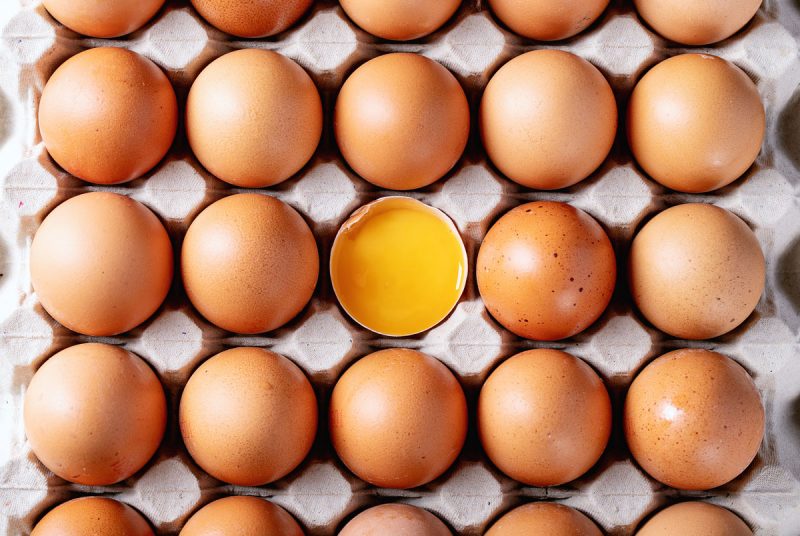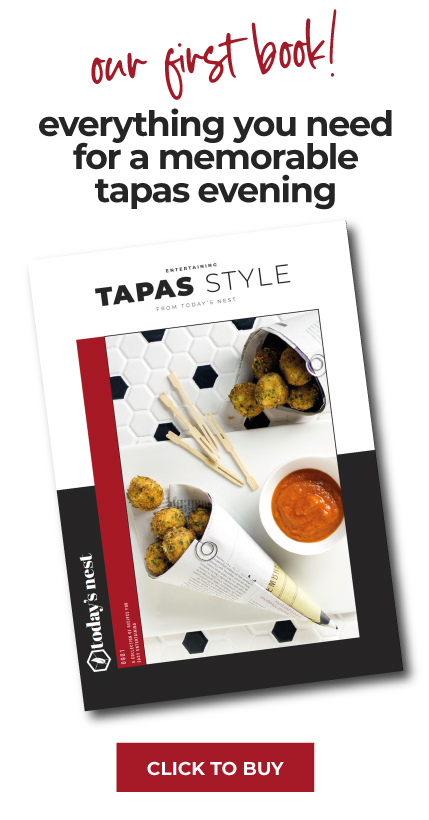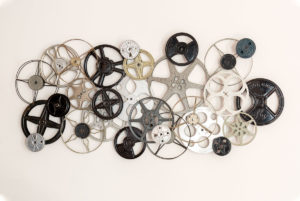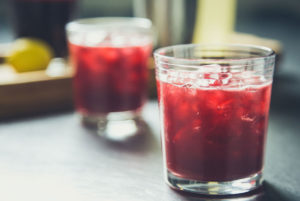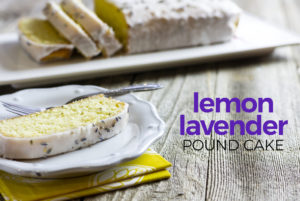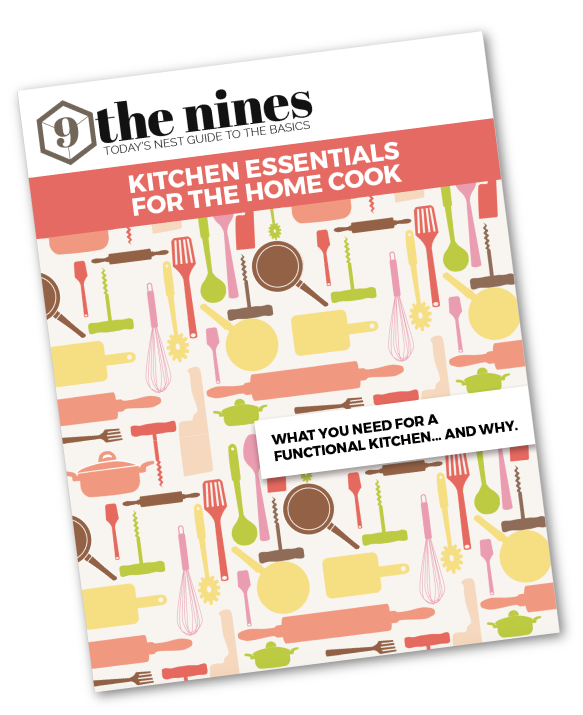Eggs… we all eat them. In fact, we eat a staggering number of them. Egg-laying chickens in America produce around 75 billion eggs per year which are 10% of the world’s production. While many of those end up on our breakfast table or baked into our recipes, many more make their way to the prepared foods or the foodservice industry.
From a nutritional standpoint, these little wonders add an enormous amount of value to your daily diet. Chicken eggs supply all essential amino acids for humans. They also provide many other vitamins including vitamin A, many B vitamins, iron, and potassium.
From a culinary perspective, eggs are nothing short of magical. Apart from sugar, they might be the most versatile ingredient in your kitchen. Like sugar, preparing them in different ways and with varying temperature and amount of air can completely transform the finished product.
savour… incredible edible
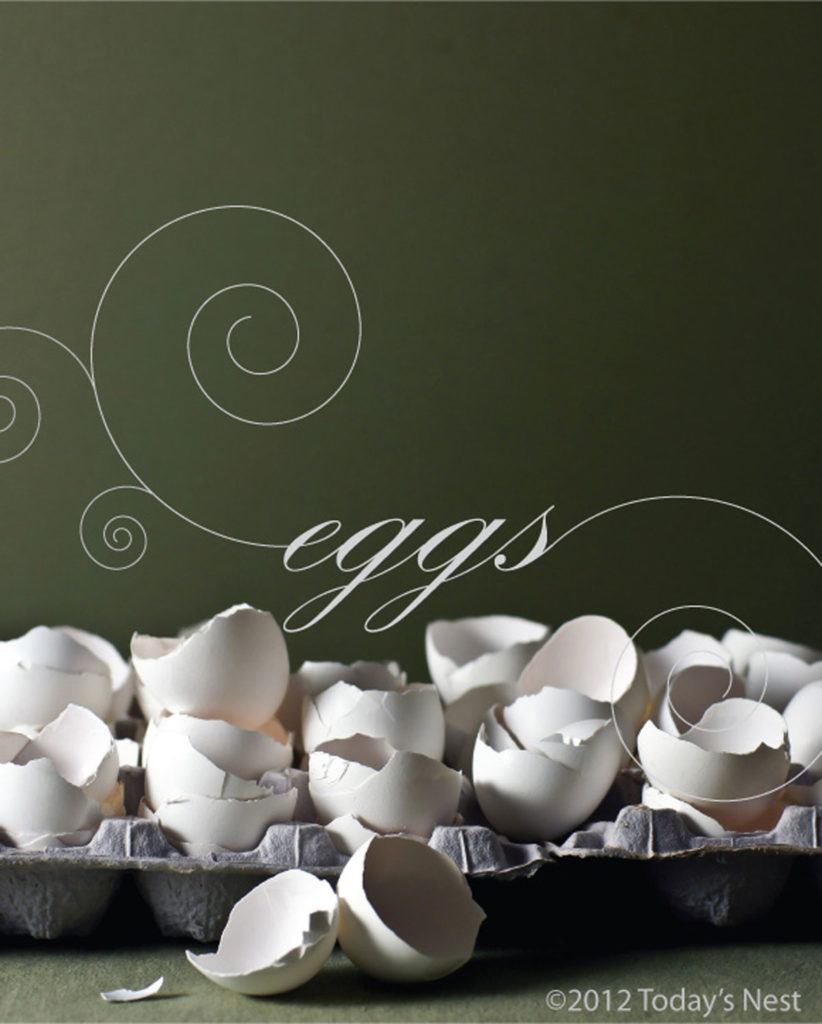
EGG BASICS
Things to consider:
Bird eggs have been used as food for thousands of years. Their pre-historic timeline places their origin in Southeast Asia and India as early as 7500 BC.
Always check the carton of eggs before buying to ensure that none are broken. Take an extra step and move each one slightly within its cup to make sure it is not cracked on the bottom and stuck to the container.
For maximum volume when beating egg whites, it is best to have them at room temperature. Use a grease-free bowl and beaters. Copper bowls are best for this purpose.
If you overbeat egg whites they will become dry and flaky and won’t hold nearly as much air. Remedy this by adding another egg white and beating only until stiff and glossy. Remove ¼ cup of the egg white to maintain the integrity of the recipe.
Add whipped whites to heavier ingredients when folding in and not vice versa.
Egg yolks in the whites can wreck a good recipe. If you are concerned about this consider using three bowls. One for the yolks, one for the whites, and one for the white you are separating. This way, if the current egg white gets some yolk in it the whole bowl of whites won’t be ruined.
Eggs separate best when cold.
Older eggs are best suited for boiling. As eggs age the membrane thins and an air pocket forms between the membrane and the shell. This allows for easier peeling. Use the fresher eggs for baking!
If a recipe does not specify the size of egg to use, assume it is large.
The egg carton was invented in 1911 in British Columbia. The first cartons were made of paper.
There is no conclusive proof of any advantage between brown and white eggs. They simply come from different breeds of chickens. The taste and composition up are essentially the same. Because the majority of commercially sold eggs in the US come from the same breed of chicken, we mostly get white eggs. As a result, brown eggs are often more expensive.
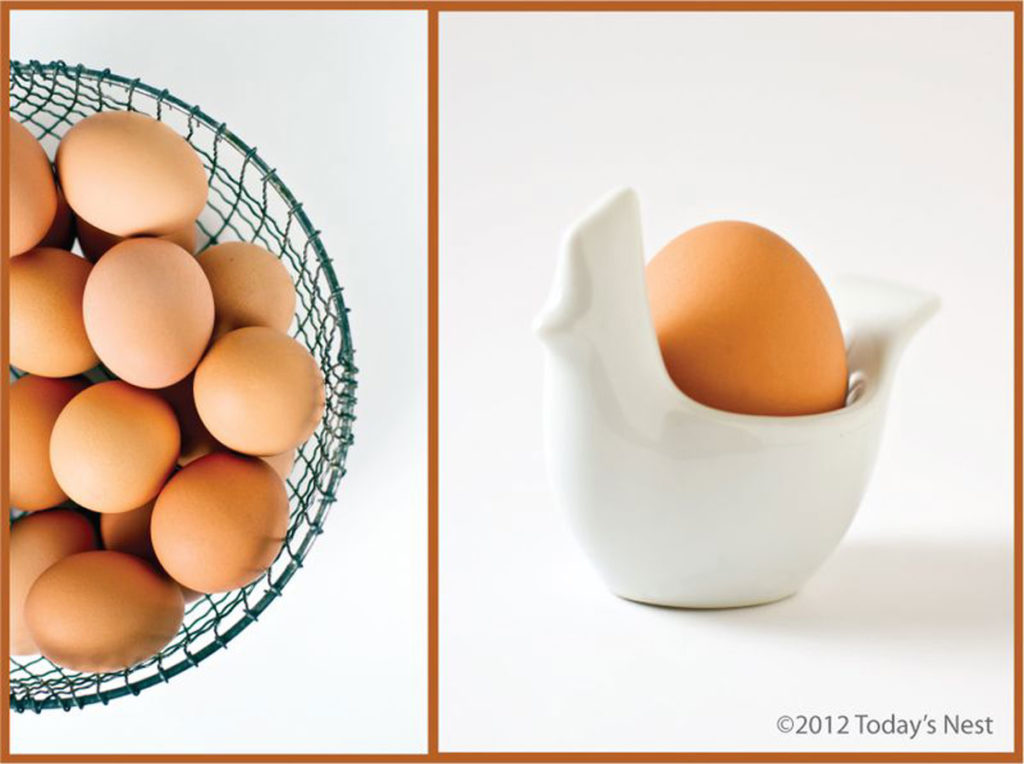
Ways to prepare eggs:
- Boiled
- Steamed
- Scrambled
- Whipped
- Fried
- Poached
- Pickled

